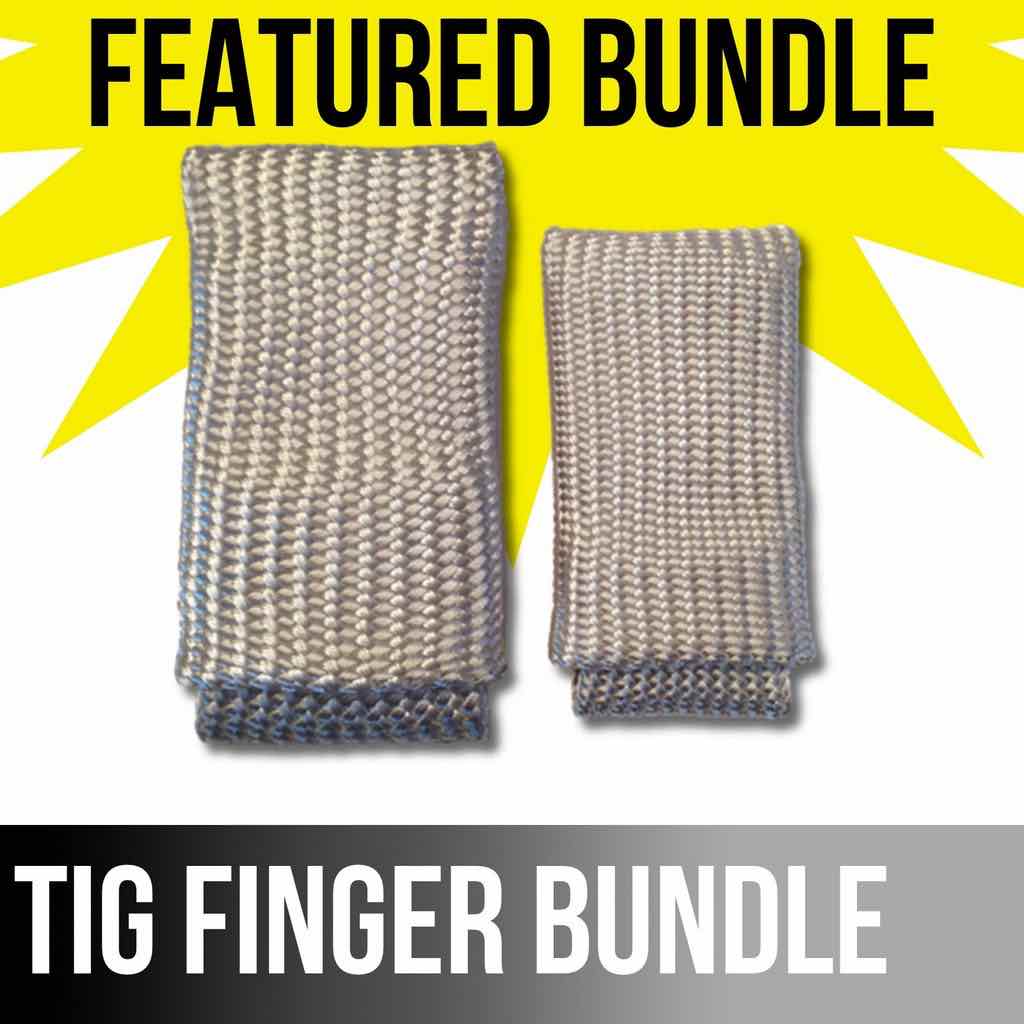TIG Welding 303 Stainless and other things you aint supposed to do
Welding 303 stainless steel
Machinists love it... and Welders hate it.
Why?
303 stainless steel is also called free machining stainless.
You know what makes it “free machining” ?
SULPHUR!! sulphur is added to 303 stainless to make it cut like butter. Machinists hate 304 stainless because it is tough and gummy and wears out tooling.
Sulphur is bad for welding…its Good for machining…but Bad for Welding.
The cousin of 303 free machining stainless steel is 12L14 free machining carbon steel.
The "L" in 12L14 indicates LEAD!!
Lead is bad for welding too. Both sulphur and lead aid in machining but can cause cracking and lots of other problems with welding.
The reason machinists love to make parts out of 303 stainless and 12L14 leaded steel is because 303 and 12L14 both cut like butter on a lathe or mill. Parts machine quicker, with a better finish, and there is a lot less wear and tear on carbide inserts and end mills.
Not all machine shops stop to think about issues of welding 303 stainless when they order material for parts that will be welded. Machinists are typically more concerned with how to make a good part using minimal time and expense.
... and if you are a welder that contracts welding work from machine shops, you are very likely to get some parts made from free machining grade steel from time to time.
So what do you do?
1. Refuse to weld them and supply a 3 page metallurgical thesis on why the grain boundary liquation of the low melting eutectics will cause micro cracking?
2. pretend you didnt see the material type on the drawing and plow ahead? (if there even is a drawing)
3. tell the machine shop they need to scrap the 1500 parts and start over?
4. Give the machine shop a "what's up" and have a conversation on the criticality of the parts...like whether the parts are going to support 2 tons of plate glass windows at an orphanage? or are they just part of a pop safety valve for a BP oil well cap? JK!
5. do some testing on the welds with a BFH (Big Freakin Hammer) and proceed if the welds hold up to the BFH.
6. have a beer and quit welding.
There is no cut and dry answer because there are so many different scenarios.
I have welded plenty of 303 stainless over the years but I have done so with care. I have done testing and I have also seen parts that I have welded that have been in service for 10 years without problems. So I have a history and kind of a gut feeling for what to weld and what not to weld.
So...Here are a few things I have learned.
1. for welding 303 stainless to 303, 308L ss is about the best filler metal.
2. for welding 303 stainless to carbon steel, either 312 ss filler rod or hastelloy W works. (hast W has become unaffordable and 312 is still pretty cheap)
3. start tig welds by adding extra filler metal to prevent center line weld cracking
4. use minimal heat and add plenty of filler so that you wont dilute the base metal much...a bond is what you are looking for , not deep penetration.
5. let the filler metal wash up to the top toe of the weld...directing the arc to the top often causes undercut.
6. taper off amperage slowly to prevent a crater crack
So what about 12L14 free machining steel?
Only weld it for non critical applications. Remember , both 303 ss and 12L14 are not recommended for welding.
312 stainless wire has worked ok for me on 12L14 steel but so has ER70s2 or 3 if I use good technique and minimal heat input. too much heat and not enough filler metal will cause cracking and undercut.
exit welding 303 stainless and view home page
















